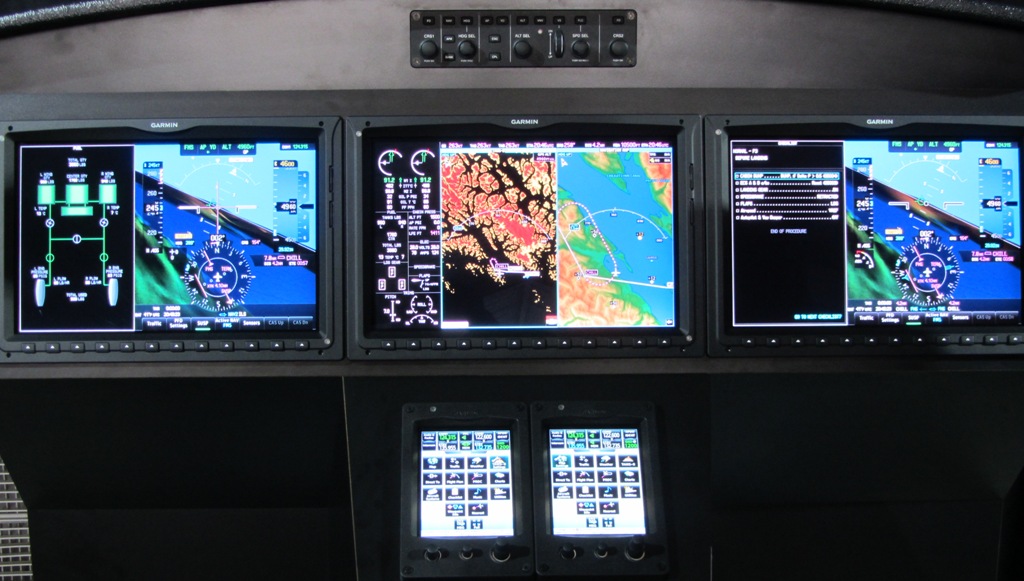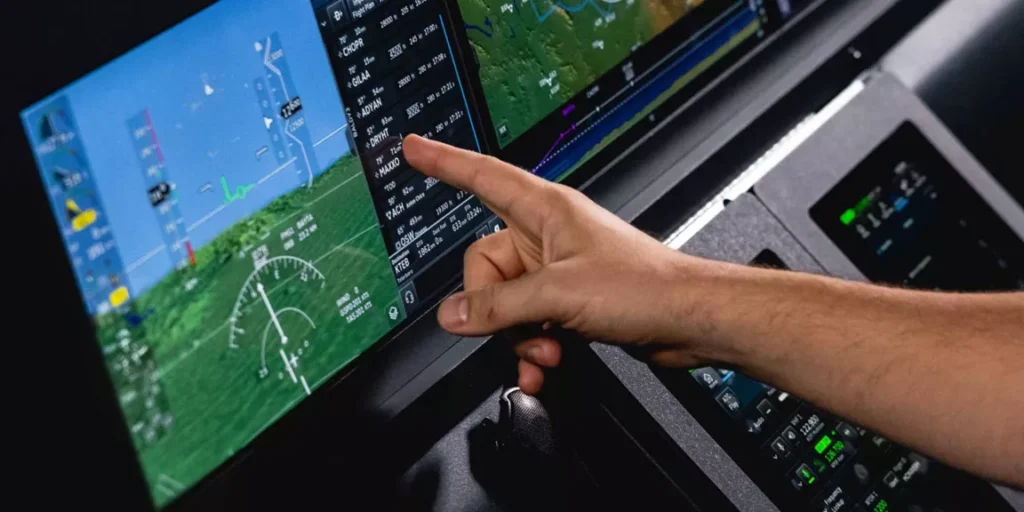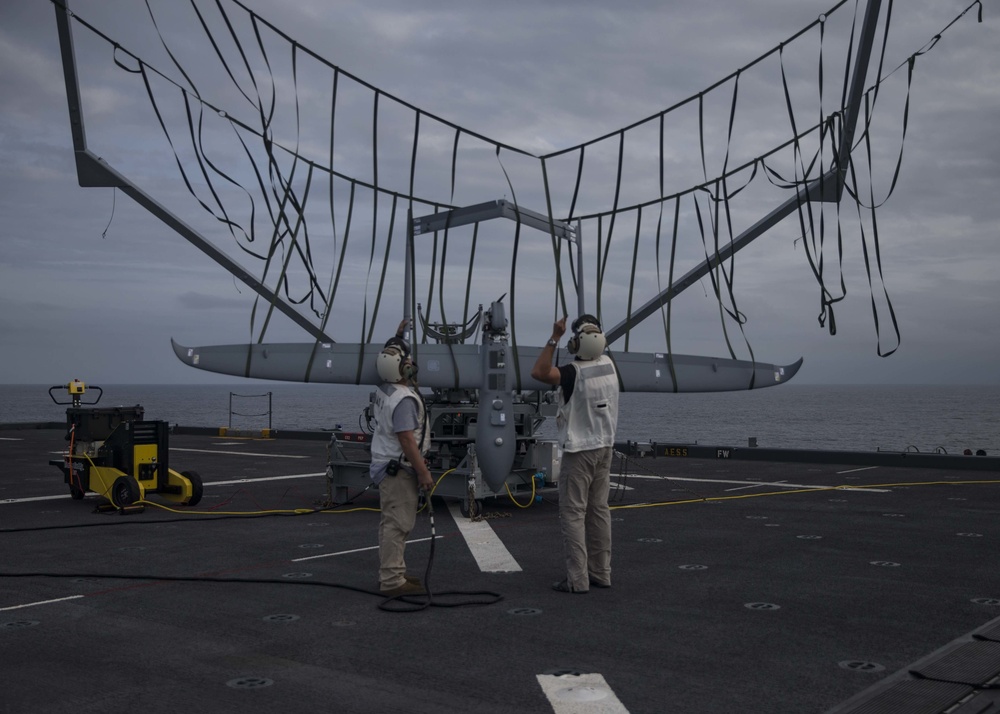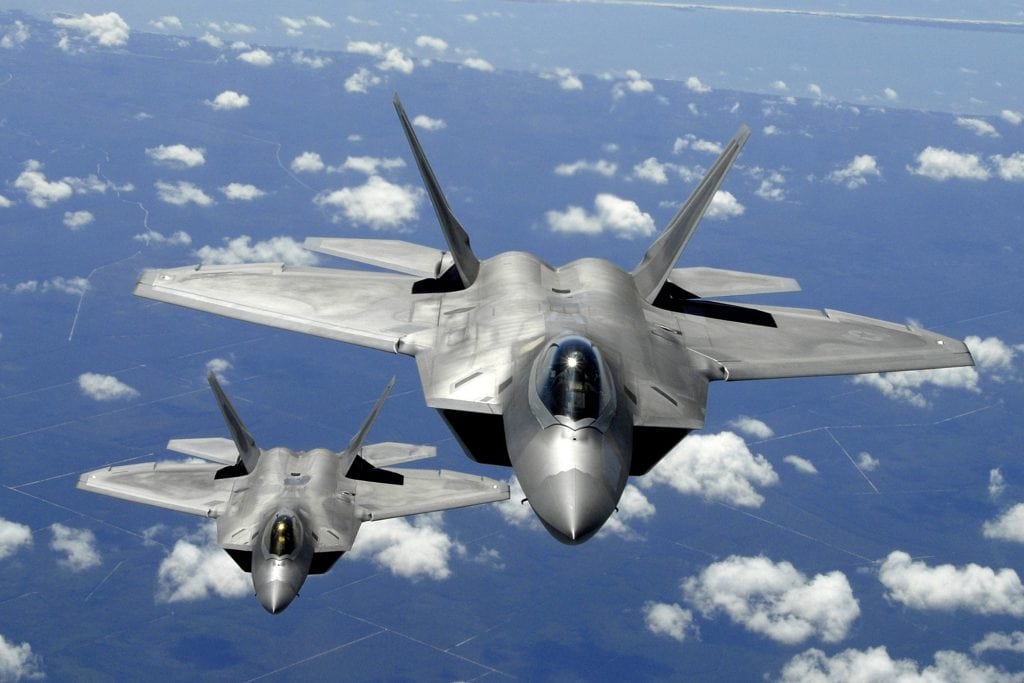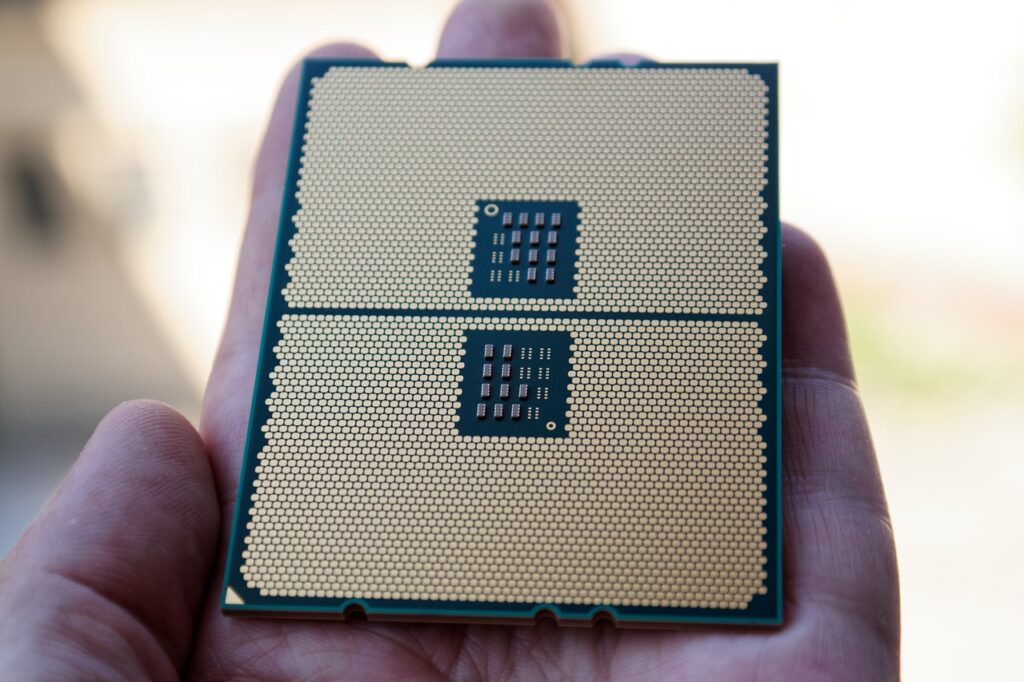Collins Aerospace’s PERFORM: AI-Powered Avionics for Tomorrow’s Aviation

Global Avionics Round-Up from Aircraft Value News (AVN)

Collins Aerospace’s new PERFORM system reflects the trend toward AI-powered avionics. Officially launched in late 2024, PERFORM integrates AI with advanced sensor technologies for decision-making support. From optimizing flight paths to real-time system diagnostics, PERFORM is designed to make flying safer and more efficient.
One of PERFORM’s standout features is its ability to learn and adapt over time. The system collects and analyzes flight data to continuously improve its performance, offering operators a dynamic tool that evolves with their needs. PERFORM also incorporates robust cybersecurity measures, ensuring the system remains secure in an increasingly connected aviation ecosystem.
Impact on Base Values and Lease Rates
PERFORM is quickly becoming a sought-after feature in new aircraft. Its ability to lower operational costs and enhance safety has made it a key differentiator. Aircraft equipped with PERFORM have seen base values increase by as much as 12%, reflecting the system’s perceived value.
Lease rates for PERFORM-equipped aircraft are also on the rise. Operators are willing to pay a premium for the long-term savings and improved safety margins that the system offers. As AI-powered avionics like PERFORM become more prevalent, their influence on aviation is likely to grow.
The Importance of Cybersecurity in Avionics
As avionics systems become increasingly digital and interconnected, they also become more vulnerable to cyber threats. Cybersecurity in avionics is no longer optional; it is a fundamental necessity to safeguard the integrity of the global aviation ecosystem.
One of the primary reasons cybersecurity in avionics is vital is the potential catastrophic consequences of a successful cyberattack. Threats such as malware infiltration, data breaches, or the manipulation of aircraft systems could compromise passenger safety, disrupt flight operations, and erode public trust in air travel. Unauthorized access to navigation systems could lead to mid-air collisions or misdirected flights.
Moreover, with the rise of connected aviation systems—such as real-time data sharing among aircraft, air traffic control, and maintenance systems—the attack surface for cybercriminals has expanded. This interconnectedness amplifies the need for robust cybersecurity measures to ensure that vulnerabilities in one system do not compromise the entire aviation network.
Regulatory bodies including the U.S. Federal Aviation Administration (FAA) and the European Union Aviation Safety Agency (EASA) have recognized these risks and are implementing stringent cybersecurity standards. Adhering to these regulations not only protects passengers and crew but also shields airlines and manufacturers from financial and reputational damage.
The integration of advanced technologies, including AI and machine learning, offers an opportunity to enhance cybersecurity defenses. Predictive algorithms can identify potential threats before they manifest, ensuring a proactive approach to risk management.
In a sector where safety is paramount, robust cybersecurity measures in avionics are not merely about compliance—they are about protecting lives, preserving trust, and enabling the continued evolution of global aviation.
Cyber Cops on the Avionics Beat
Key companies involved in avionics cybersecurity include:
BAE Systems
- Specializes in cybersecurity for military and commercial avionics, offering solutions to protect mission-critical systems.
- Known for secure data links and electronic defense systems.
Honeywell Aerospace
- Develops secure avionics hardware and software.
- Provides services to protect navigation systems, aircraft communication, and flight management.
Raytheon Technologies (including Collins Aerospace)
- Offers robust cybersecurity solutions for both military and commercial aircraft.
- Collins Aerospace focuses on secure communication systems and flight-critical avionics.
Thales Group
- Focused on cybersecurity solutions for avionics and air traffic management systems.
- Develops secure communication systems, data encryption, and intrusion detection tools.
Northrop Grumman
- Provides advanced cybersecurity solutions for military and defense aviation.
- Focuses on protecting command-and-control systems and data networks.
General Dynamics Mission Systems
- Offers cybersecurity services for avionics, focusing on military-grade secure communication systems.
- Works on advanced encryption and intrusion prevention technologies.
Airbus CyberSecurity
- A subsidiary of Airbus specializing in aviation and critical infrastructure cybersecurity.
- Protects avionics systems and develops tools to prevent and detect cyber threats.
Boeing Defense, Space & Security
- Includes cybersecurity measures within its avionics systems for defense and commercial aircraft.
- Focuses on end-to-end secure communications and system protection.
Check Point Software Technologies
- Partners with aerospace companies to provide cybersecurity solutions for embedded avionics systems.
- Specializes in endpoint security and intrusion prevention.
Palo Alto Networks
- Works with aviation firms to secure cloud-based systems and communications infrastructure.
- Focuses on threat detection and automated security protocols.
L3Harris Technologies
- Develops secure avionics and communication solutions.
- Focuses on encrypting data links and securing flight-critical systems.
Rohde & Schwarz
- Provides secure communication solutions for aviation, including radio communications and data encryption.
IBM Security
- Collaborates with aviation firms to develop integrated cybersecurity frameworks for aircraft and airport systems.
- Leverages AI and machine learning for threat detection.
Cisco Systems
- Focuses on securing avionics networks and communication infrastructure.
- Provides hardware and software solutions for network segmentation and intrusion prevention.
BlackBerry (Cylance)
- Specializes in endpoint security for connected avionics systems.
- Leverages AI-driven threat detection.
Tenable
- Offers vulnerability management solutions for avionics systems and communication protocols.
These companies work with aircraft manufacturers, airlines, and defense contractors to ensure the security of increasingly interconnected avionics systems.
This article also appears in our partner publication Aircraft Value News.
John Persinos is the editor-in-chief of Aircraft Value News. You can reach John at: jpersinos@accessintel.com
The post Collins Aerospace’s PERFORM: AI-Powered Avionics for Tomorrow’s Aviation appeared first on Avionics International.
—————
Boost Internet Speed–
Free Business Hosting–
Free Email Account–
Dropcatch–
Free Secure Email–
Secure Email–
Cheap VOIP Calls–
Free Hosting–
Boost Inflight Wifi–
Premium Domains–
Free Domains






